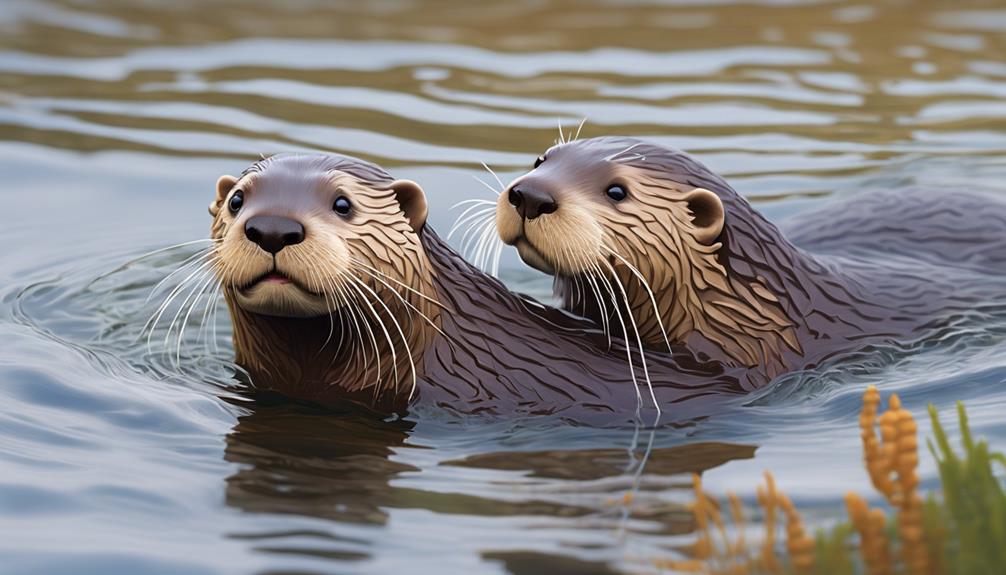
Step into the fascinating world of otters, where surprising facts like hand-holding while sleeping are just the beginning.

Step into the fascinating world of otters, where surprising facts like hand-holding while sleeping are just the beginning.
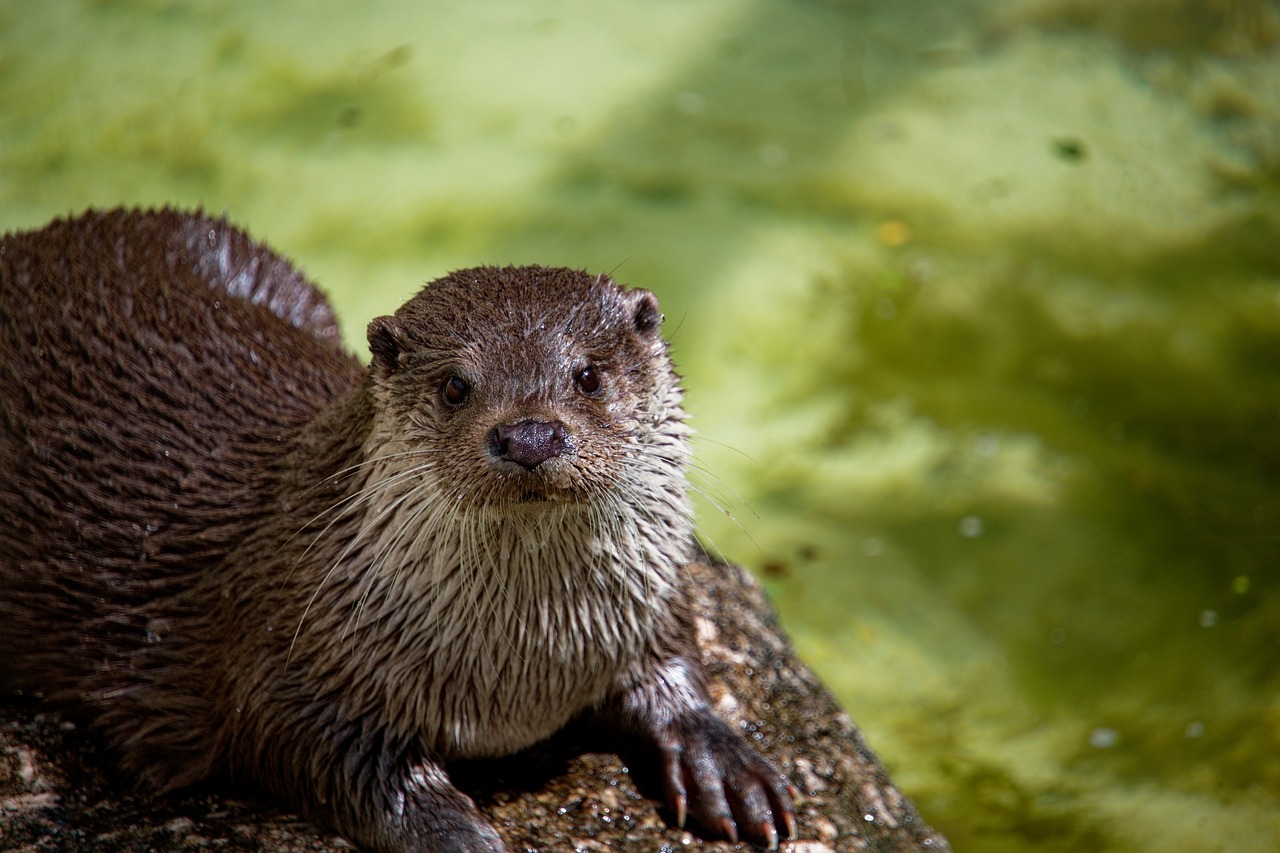
In the animal kingdom, the mating behaviors and reproductive strategies of different species can vary significantly. The otter, a fascinating creature known for its playful nature and aquatic skills, presents an intriguing case. While some otters form lifelong partnerships, others engage in multiple relationships throughout their lives.
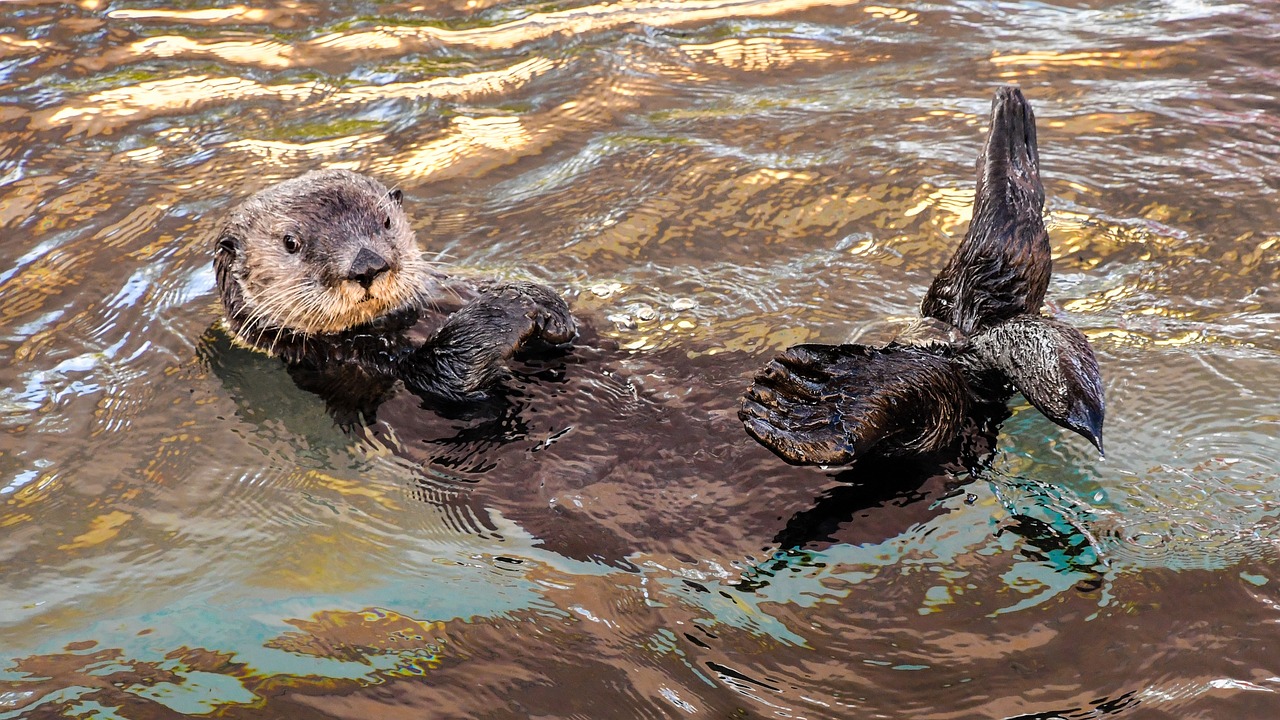
In this article, we will delve into the intriguing question of whether otters can thrive on land. Known for their exceptional swimming skills and reliance on water for survival, otters’ ability to navigate and thrive outside of their aquatic habitats remains uncertain. By examining their behavior, adaptability, and unique characteristics, we aim to shed light on the extent to which otters can live on land.
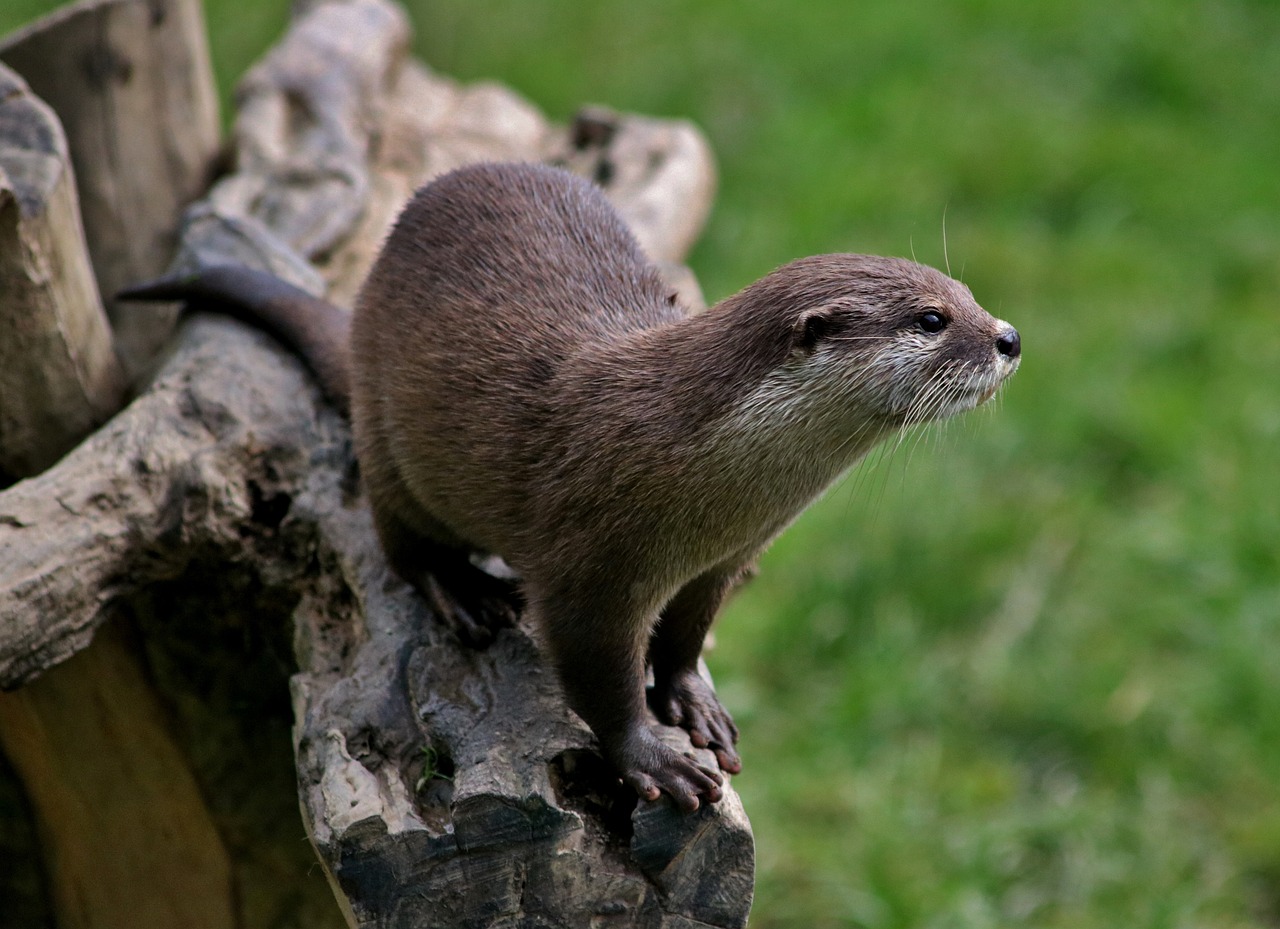
Do you ever wonder if otters build dams? Well, they have a unique approach to creating their homes. In this article, we’ll explore the fascinating habits and behaviors of otters when it comes to finding shelter and establishing their habitats. While beavers are known for their dam-building skills, otters utilize various natural and man-made structures like abandoned burrows, hollow logs, and even nests under man-made structures.
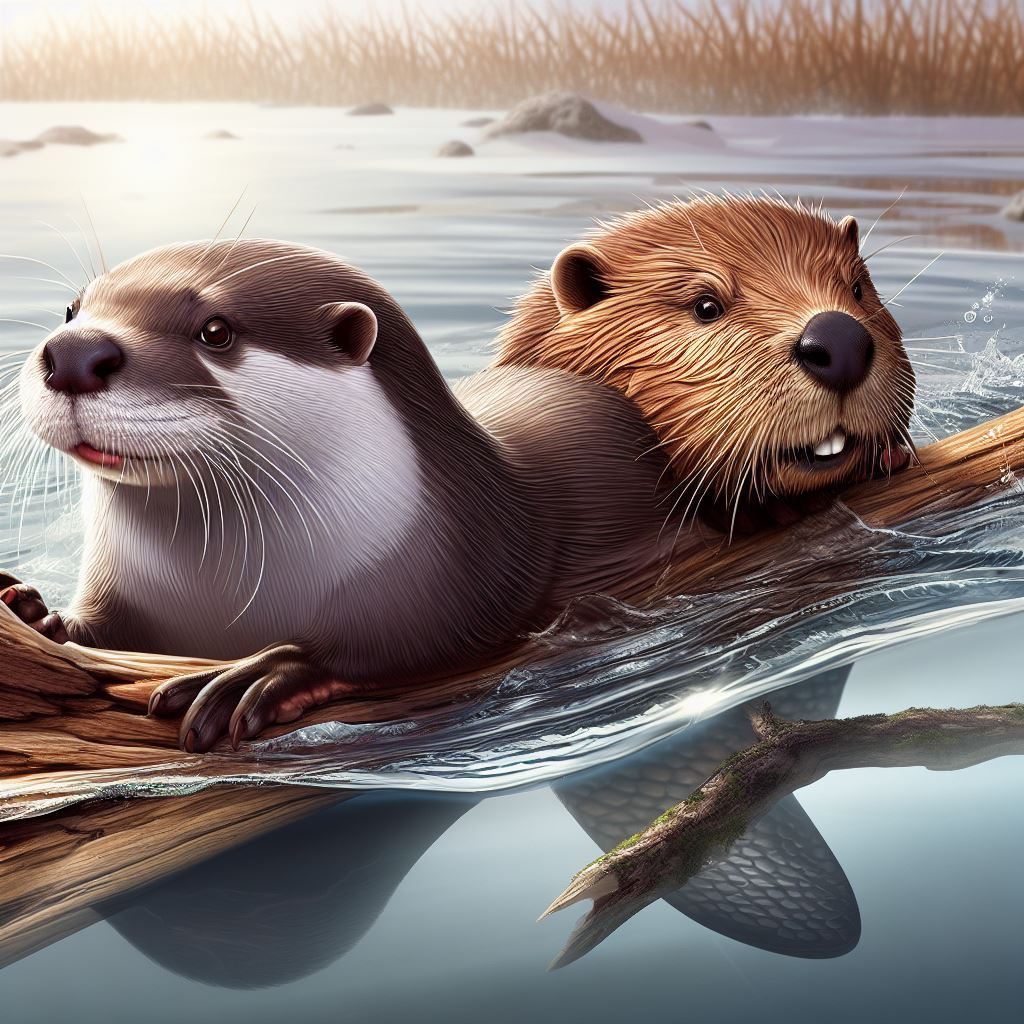
Curious about the differences between otters and beavers? Look no further! In this article, we’ll explore twelve key distinctions between these fascinating creatures. From classification and appearance to behavior and habitats, we’ll dive into the unique traits that set otters and beavers apart. Discover their skull structure, teeth, size, and weight, as well as their behavior, reproduction, and preferred habitats.

Otters are semiaquatic members of the Mustelidae family, which also includes weasels, badgers, ferrets, and mink. The IUCN Mustelid and Viverrid Action Plan include the conservation of the entire family Mustelidae with the exception of the otter. Of the 13 otter species in the Lutrinae subfamily, the most recent edition of the IUCN Red List of Threatened Animals lists eight otters as ‘Vulnerable’ or without data.

Sea otters search for food using their front paws and highly sensitive noses. Whiskers, in the nose act like fingers; they can move individually and sense where their prey is. Prey can include a multitude of different foods, including sea snails, mussels, crabs, clams, abalone, sea urchins, and many other animals.

Otters are carnivores that are on the top of the food chain. Food chains are forming a food web. Imagine there were no otters. This would influence all the animals that surround it in the food chain. If pollution, such as plastic, enters the water and the otters didn’t eat it, would this still be bad for otters?

DIFFERENCE BETWEEN OTTERS AND BEAVERS Superficially, it may not seem like a difference between otters and beavers at first glance. However, the beaver is a relative of the rat. Although they retain very similar traits, their general differences in origin lead to different behaviors and different study characteristics. Everyone’s physical appearance is also slightly different.

Otters are carnivores and love to find an eel for lunch. Otters have such thick, waterproof fur, with up to a million hairs per square inch! Their webbed feet and strong tail make them a successful predator and at the top of the food chain. They have adapted to life on land and in the water. They have webbed feet and the ability to shut their noses and ears underwater. Otters like to play. So otters have two coats of fur.